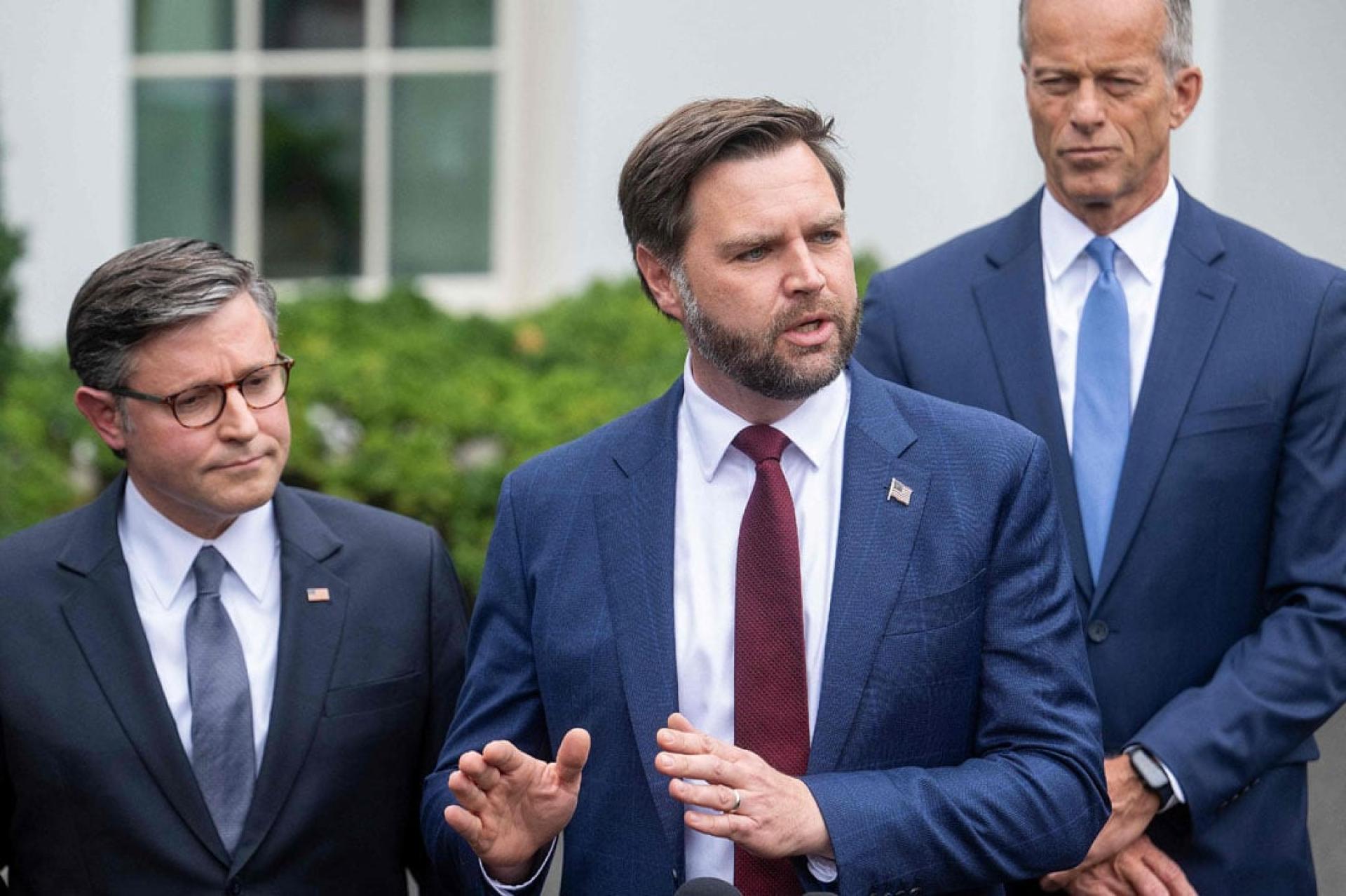On the 29th, U.S. President Trump met with senior leaders from both parties in Congress, but no breakthrough was made on the government budget issue. Federal government funding will run out in less than 36 hours.
Senate Minority Leader Schumer, a Democrat, told the media after the meeting with Trump that there are still "huge differences" between the parties.
He said whether or not the government shuts down depends on the Republicans.
He noted that he had made some suggestions to Trump.
On the other hand, Vice President Vance stated that the government is bound to shut down in two days.
He said: "I believe we are heading towards a government shutdown because the Democrats refuse to do the right thing."
He accused Democratic funding demands of "holding a gun to the head of the American people."
Previously, the House narrowly passed a temporary funding bill drafted by Republicans in an effort to keep the federal government running until late November, but the Senate subsequently failed to pass the bill. Currently, the two parties are deadlocked again over funding. Democrats are seeking negotiations, while Republicans hope to continue pushing the previous version of the bill.
If the U.S. Senate fails to pass a temporary funding bill before midnight on October 1st, the government will partially shut down, causing non-essential operations to be suspended, hundreds of thousands of federal employees to go without pay temporarily, and many social security benefits to be interrupted.
Democrats insist that the temporary funding bill must include an extension of health care subsidies, but Republicans insist that such issues should only be discussed after resolving the shutdown crisis.
Some analysts believe that if the U.S. federal government goes into shutdown, this time will differ from previous occasions. The White House has already threatened that federal agencies will consider permanently laying off some federal employees during the shutdown.
